It’s that time of the year again. It’s getting quieter, darker, colder, and windier. As autumn draws to a close and Tasmania begins its tryst with what always seems to be a long, miserable winter; my mood reflects the seasons changing as I become equally erratic, restless, and worn out.
But, at least in early winter, there are a couple of weekends I do look forward to. The annual Where? Where? Wedgie! survey is a citizen science initiative that invites Tasmanians to go pick a 4km x 4km cell anywhere in the state, and then spend 10 minutes each at 6 points within that cell looking out for raptors and white cockatoos. AS and I have enthusiastically taken part in the project since it took wing 3 years ago in 2018.
So, for the first weekend of the survey (there are two weekends), we picked out a survey cell near Sheffield, under the shadow of Mt Roland. I wouldn’t bore you with the details of how it went, but in short - it was great fun, as always, with some typical Tassie weather (sun, rain, clouds, winds, calm all in a few hours) and a few interesting birds, including Wedge-tailed Eagles.
In the gloom of the approaching Tasmanian winter, projects such as these can prove to be so uplifting. To be out and about with a purpose, knowing that others are collectively working towards the single goal of documenting these marvellous birds in Tassie, and getting to know the lay of this beautiful land is something really special! And honestly, by the end of the 6 survey points and the 3 hours you spend in the field, the raptors themselves become a minor detail :-)

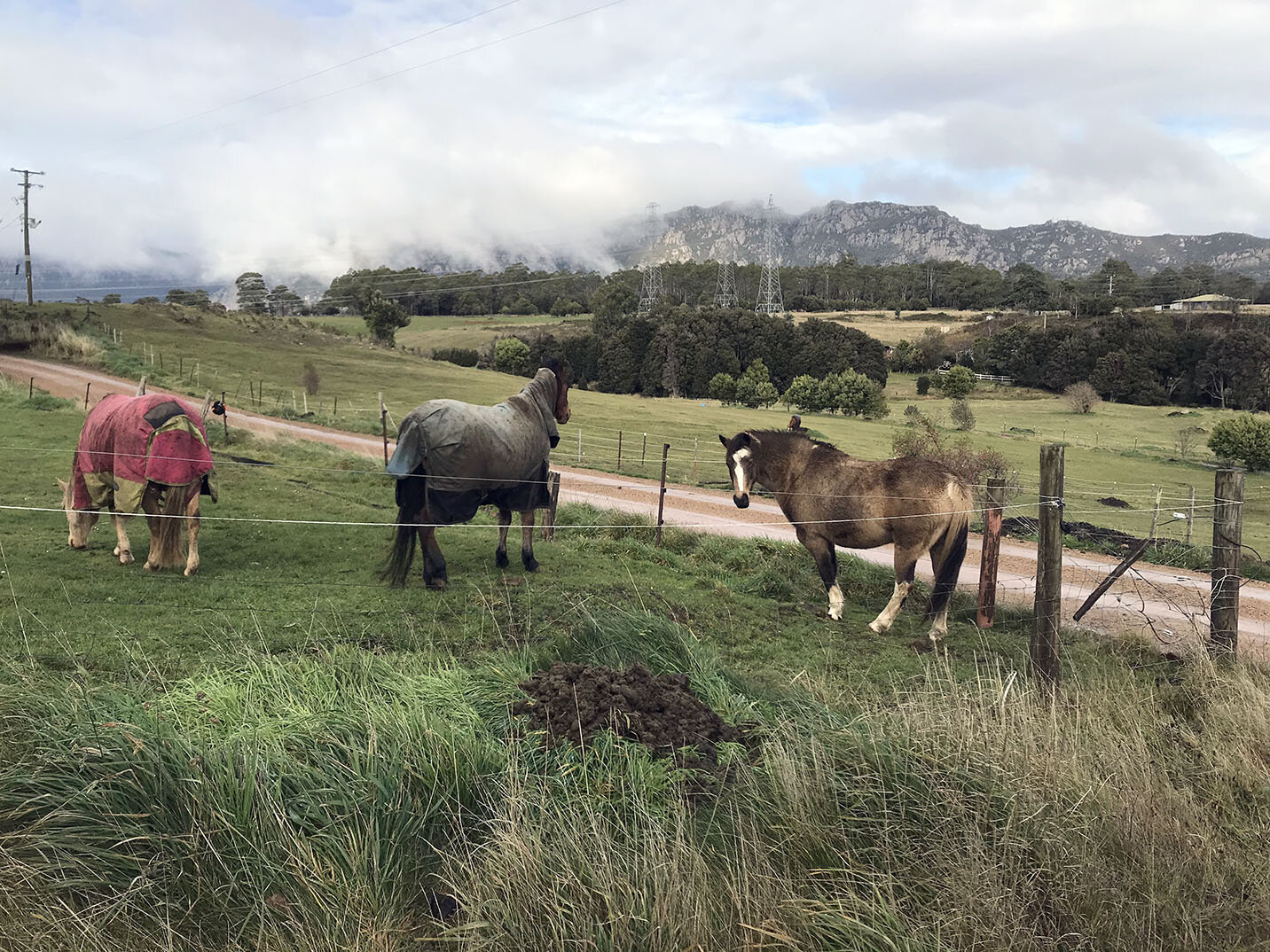

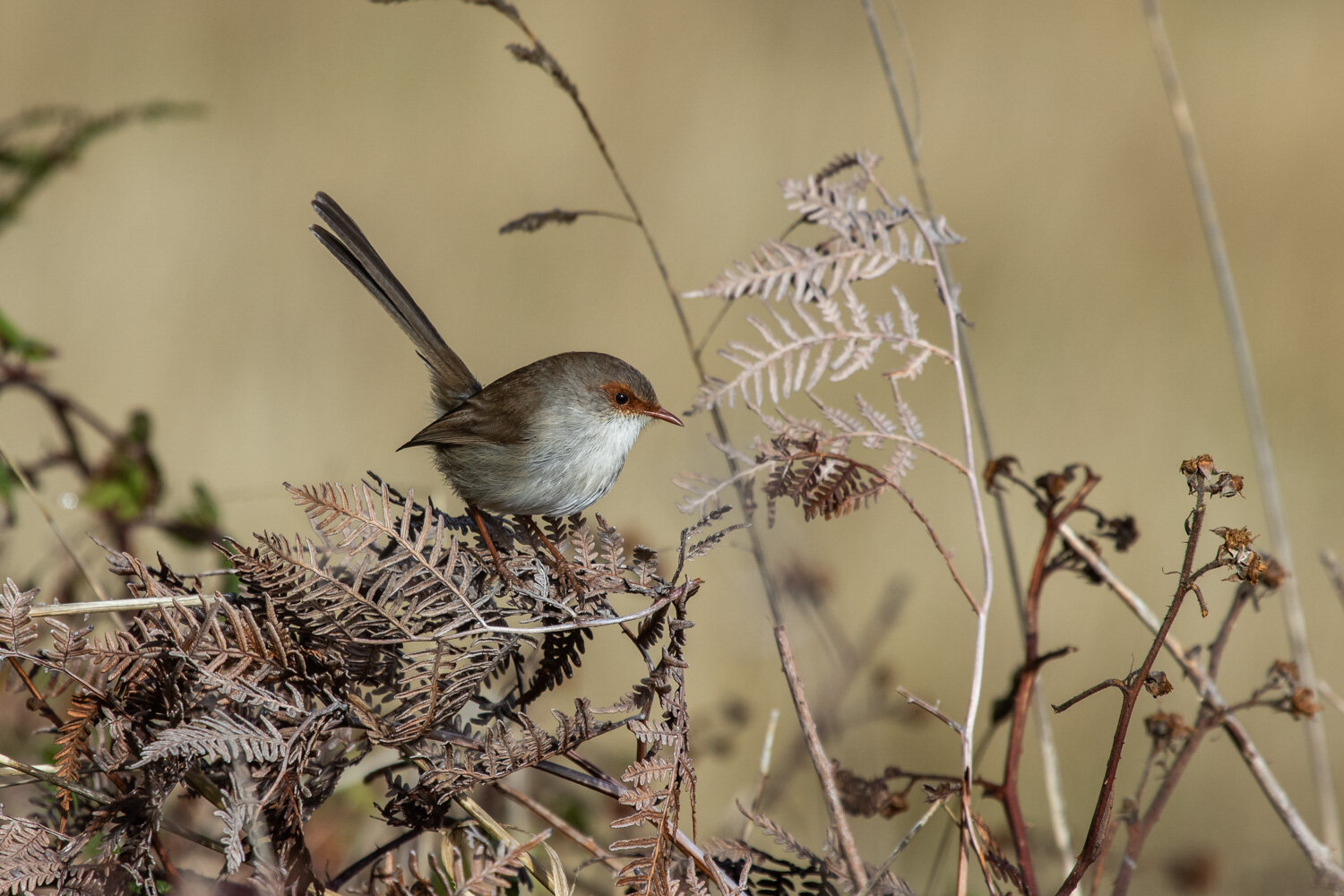
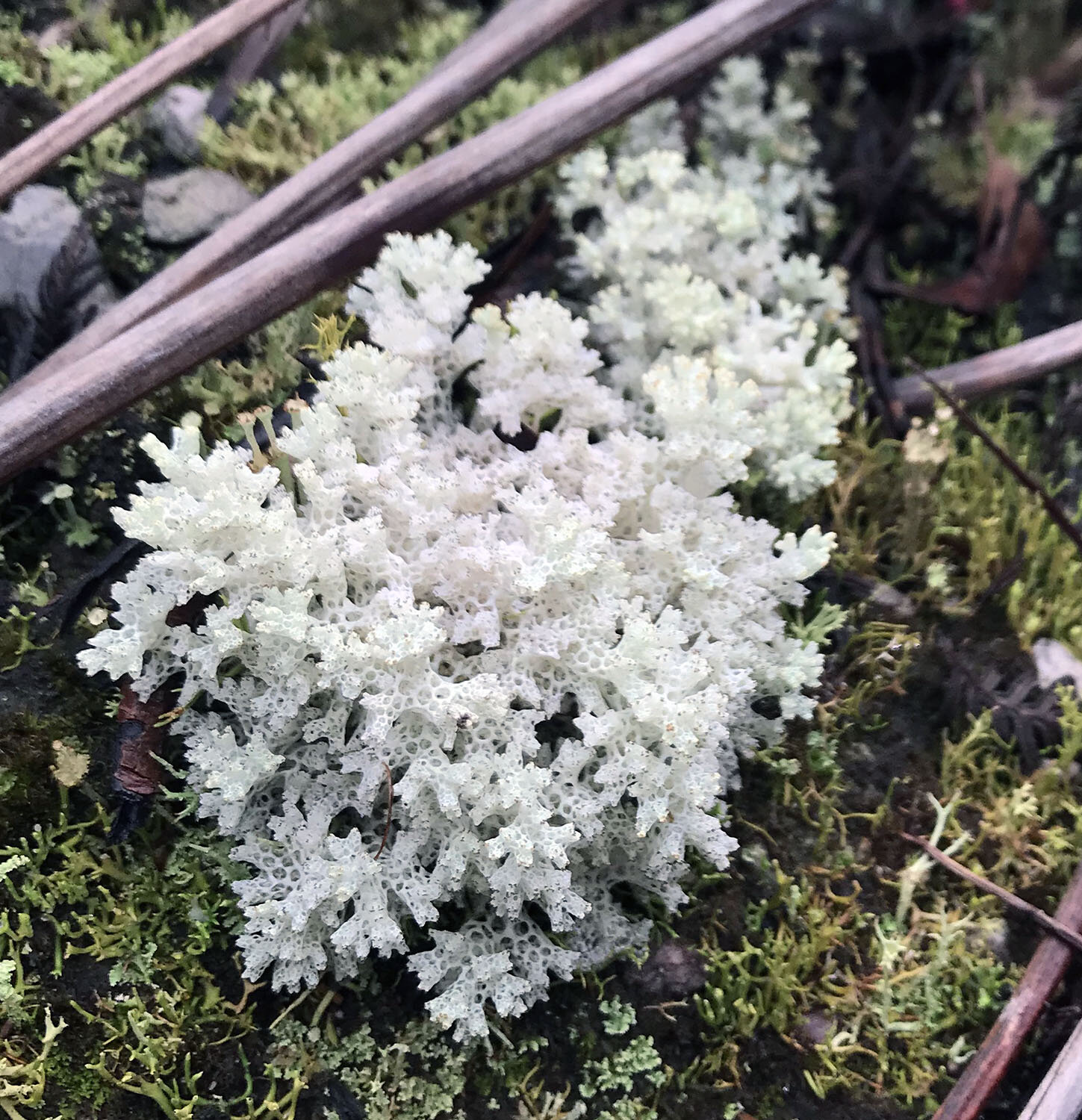
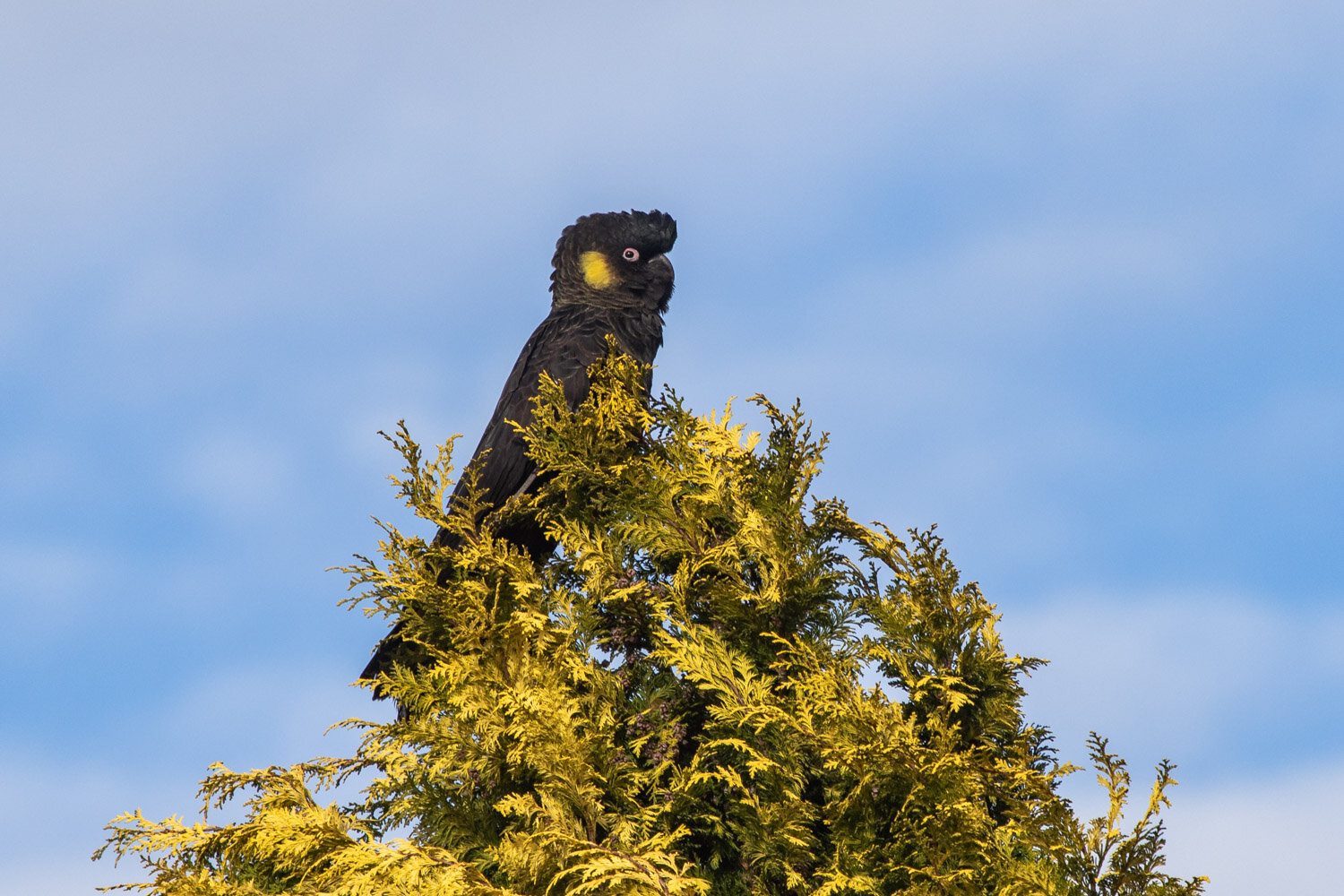
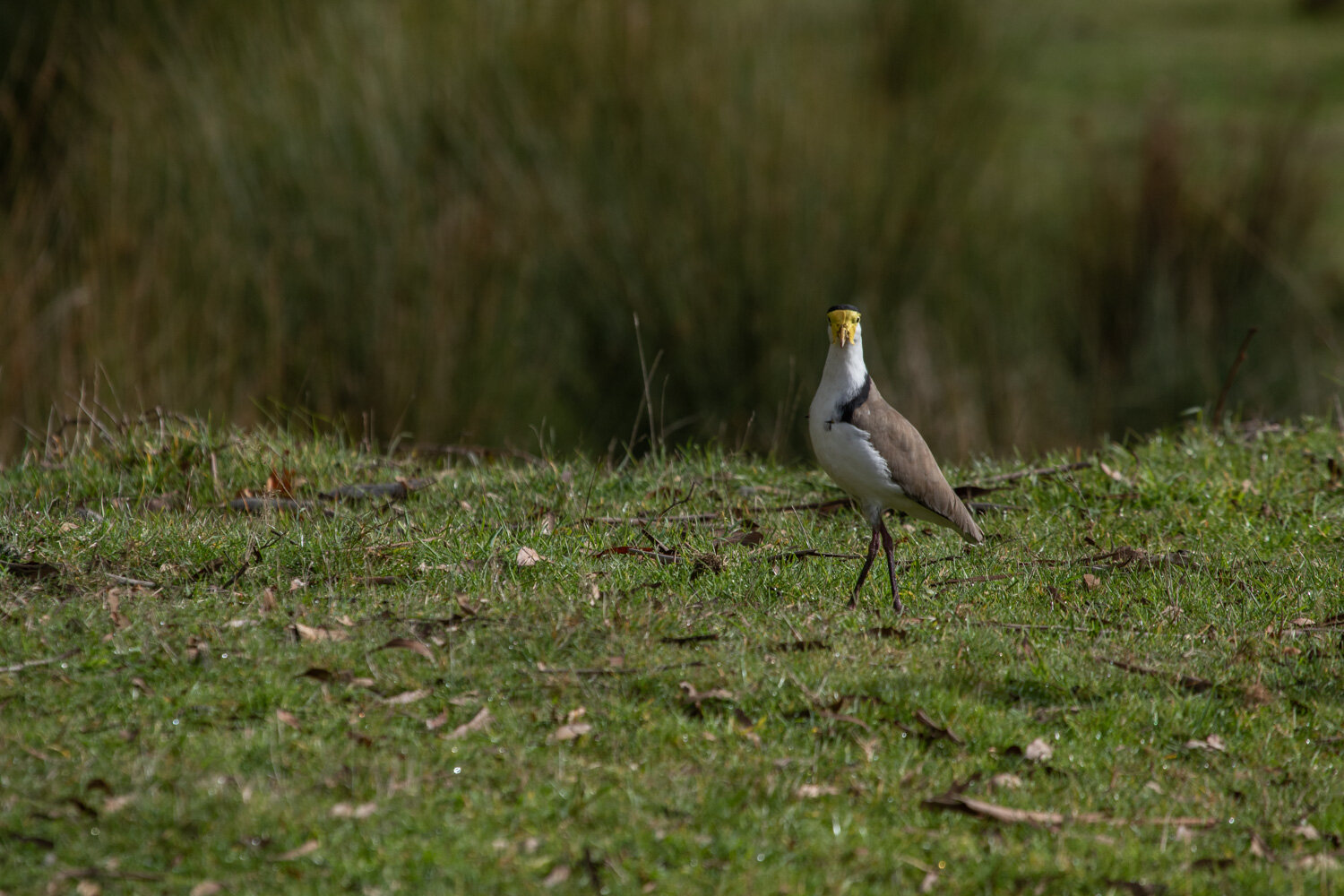
As Tasmania begins to lift its restrictions and the threat of the virus wanes (hopefully, without a second wave in sight), I cannot wait to get out explore the state as much as possible. With possible pelagics, some snow, and a bit of hiking about in the bush all on the horizon; spring doesn’t feel like it’s too far away!
Hope you are all keeping safe and sane wherever you are.
PS. Another thing that also brightens up the winter for me is the delightful little Crescent Honeyeater that descends to lower altitudes at this time of the year, and lends some cheer with its sounds. Here’s a recording I made of a singing bird at one of our survey points - you can hear the pitter-patter of the drizzle as water bounces off my parabola.